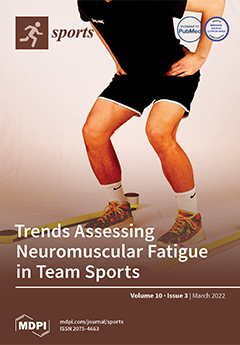The purpose of this study was to adopt the Personal Assets Framework (PAF) to examine the immediate, short-term, and long-term developmental outcomes associated with relative age effects (RAEs) in male cricket. As such, this study was comprised of three aims: (a) examine the birth quarter (BQ) distribution of players throughout the England and Wales Cricket Board (ECB) national talent pathway (i.e., Regional U15, Regional U17, England U19, England Lions, England T20, England ODI, and England Test;
n = 1800; immediate timescale), (b) explore the youth-to-senior transitions based on BQ and skill-set (i.e., batters and bowlers; short-term timescale), and (c) analyse the average number of games played at senior levels based on BQ and skill-set (i.e., long-term timescale). A chi-square goodness of fit test, Cramer’s V, odds ratios, and 95% confidence intervals were used to compare the BQ distributions of each cohort against the expected BQ distributions. In the immediate timescale, results showed that relatively older players were overrepresented throughout all the youth levels (
p < 0.05, V = 0.16–0.30), whereas there were no differences at senior levels (
p > 0.05, V = 0.05–0.15). In the short-term timescale, when the senior cohorts were compared to the expected BQ distributions based on the Regional U15 cohort, relatively younger players were more likely to transition from youth to senior levels (
p < 0.05, V = 0.22–0.37). In the long-term timescale, relatively older batters were selected for more games (
p < 0.05, V = 0.18–0.51), whereas relatively younger bowlers were selected for more games (
p < 0.05, V = 0.17–0.39). Moving forward, it is important for researchers and practitioners to better understand how (bi)annual-age grouping shapes developmental outcomes in across different timescales (i.e., immediate, short-term, and long-term), as well as consider alternative grouping strategies and RAE solutions.
Full article






